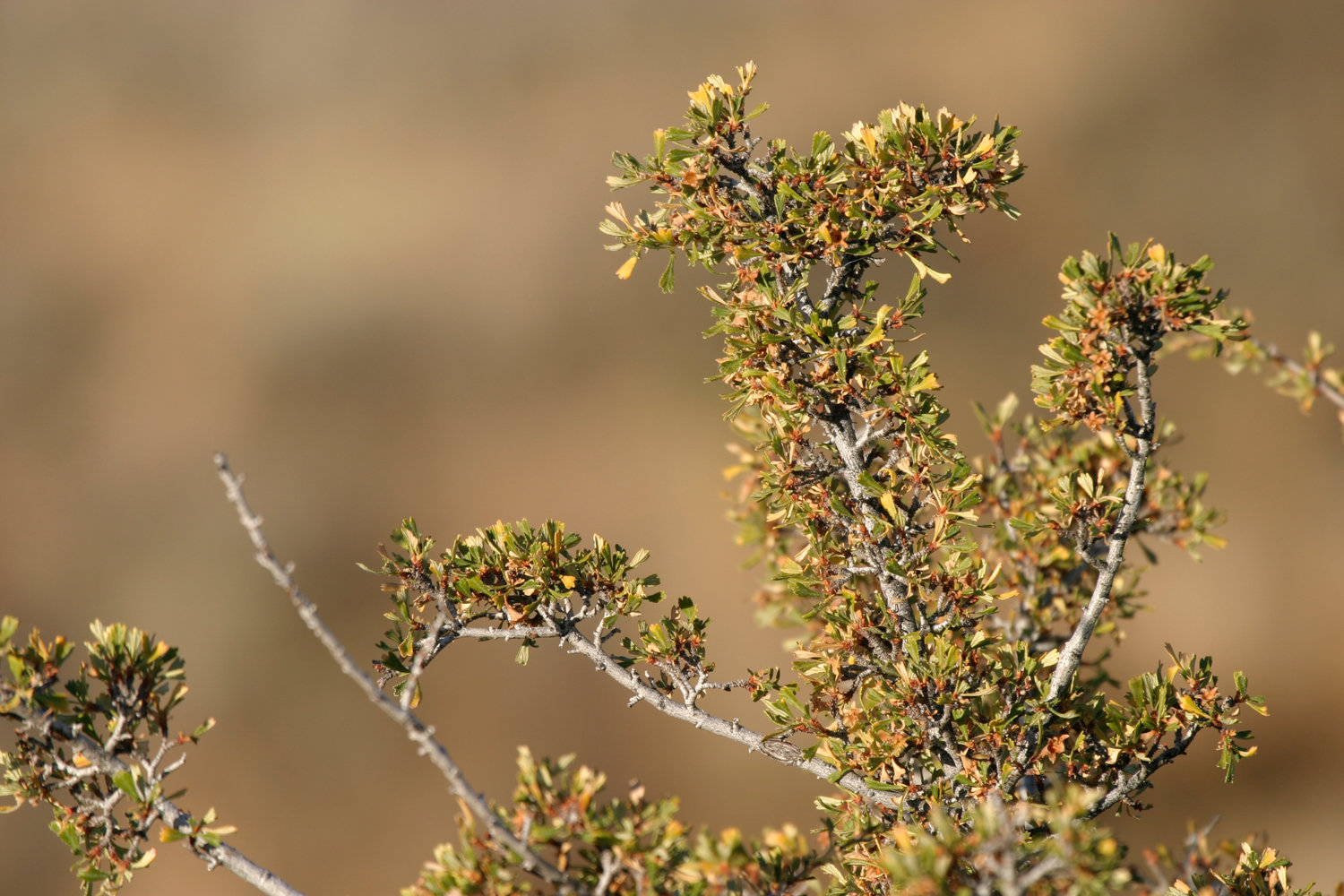
Antelope bitterbrush
Purshia tridentata
Moderate to deeply taprooted evergreen shrub 2-10 ft. tall with small yellowish flowers, blooming April to August. Adapted to a wide variety of well-drained soils, slightly acidic to basic, often deep...
- Growing Region: Intermountain West, Southwest, Pacific Northwest, California
- Blooms: Spring
- Life Form: Shrub
- Application Type: Land Reclamation, Habitat Restoration
- Height: 4+ ft
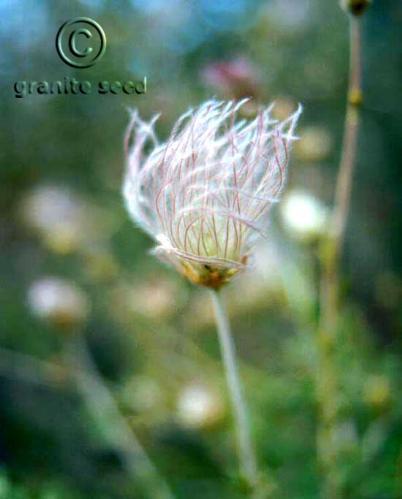
Apache plume
Fallugia paradoxa
Multi-branched deciduous to semi-evergreen shrub from 2-8 ft. tall with white showy flowers developing into feathery clusters of pinkish plumes, blooming April to December. Adapted to dry, sandy or gr...
- Growing Region: Southwest, Intermountain West
- Blooms: Spring, Summer
- Life Form: Shrub
- Application Type: Land Reclamation
- Height: 4+ ft
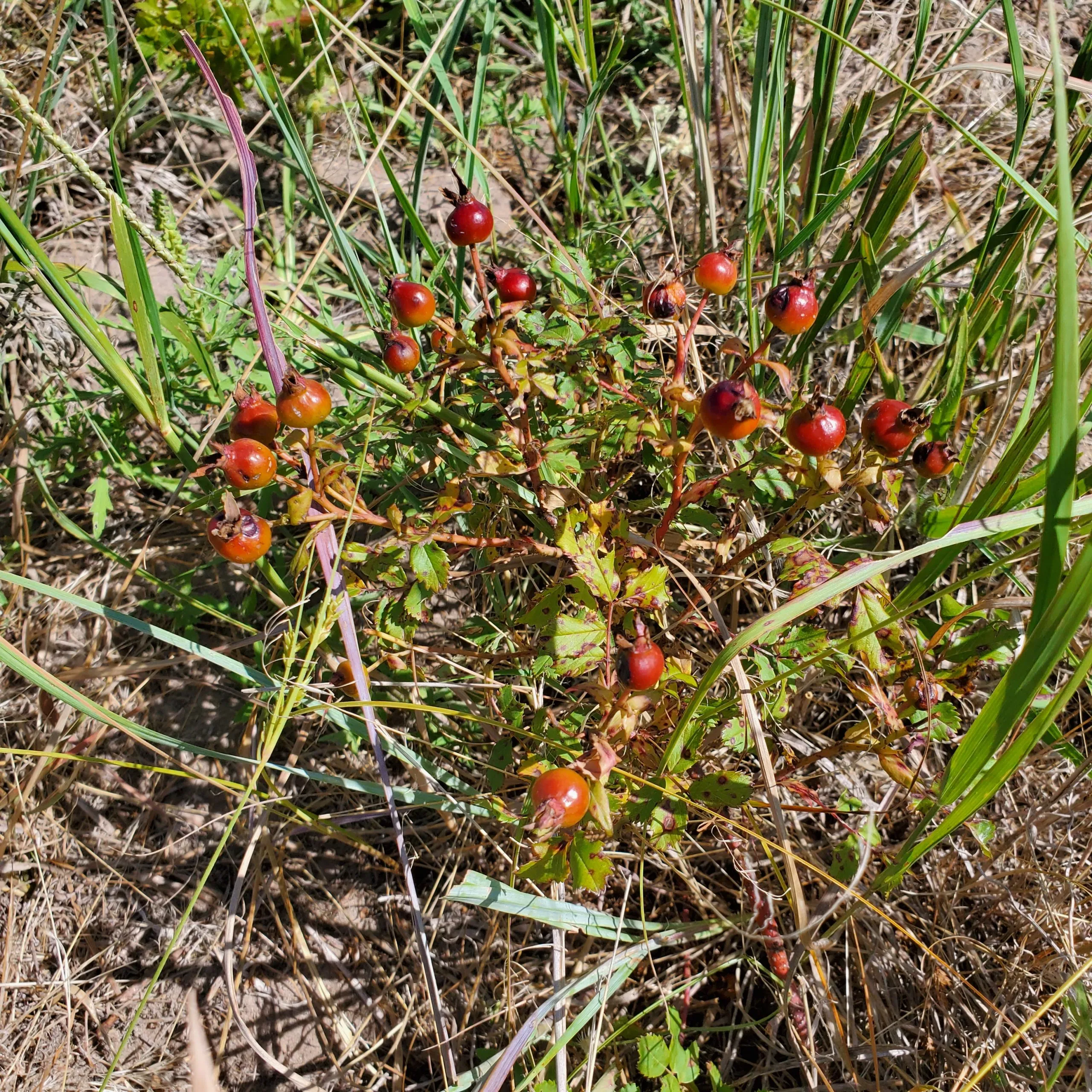
Arkansas Rose
Rosa arkansana
Arkansas Rose, commonly called Prairie Rose, is native to the central portion of the United States from Texas to the Great Lakes region and from New Mexico to Montana.Commonly found on upland prairies...
- Growing Region: Midwest, Intermountain West, Southwest
- Blooms: Spring, Summer
- Life Form: Shrub
- Application Type: Land Reclamation
- Height: 1-3 ft

Aspen daisy
Erigeron speciosus
Moderate water requirement; full sun to part shade. Perennial with lavender to white flowers blooms June to September from mid-montane to subalpine, on open moist slopes, along streams and under aspen...
- Growing Region: Intermountain West, Southeast, Pacific Northwest
- Blooms: Summer, Fall
- Life Form: Shrub
- Application Type: Land Reclamation, Habitat Restoration
- Height: 1-2 ft
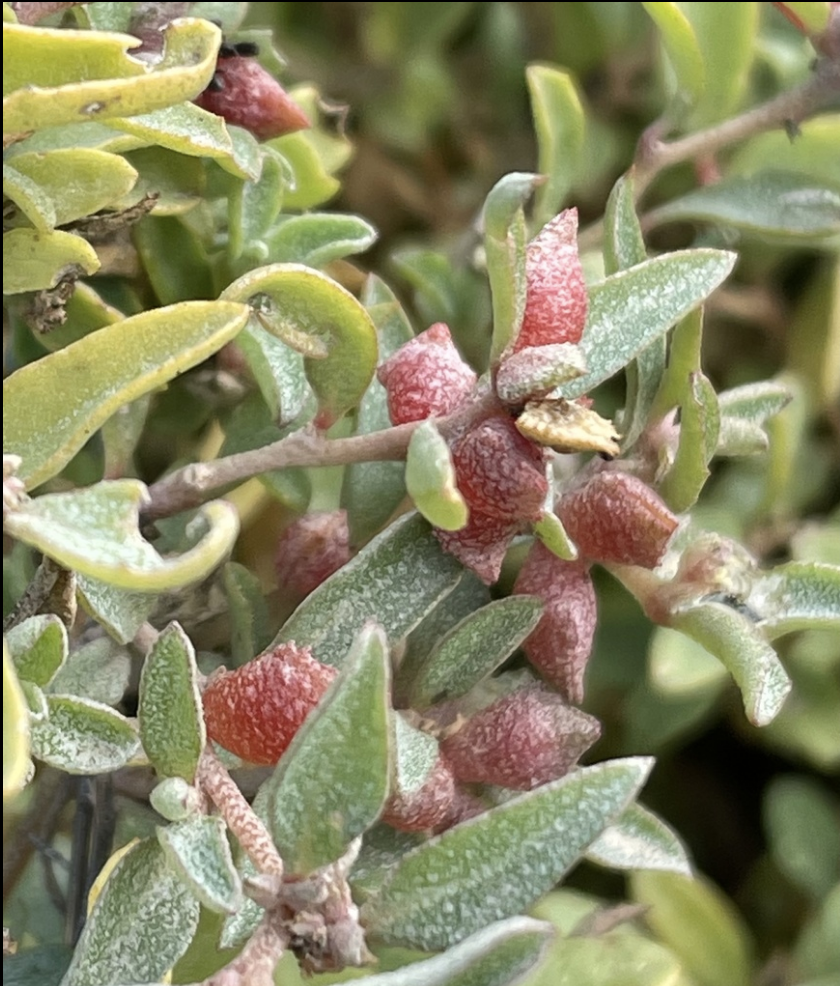
Australian saltbush
Atriplex semibaccata
Small to medium evergreen shrub introduced into the USA from Australia. Adapted to well-drained medium textured soils on a wide variety of sites to 3,000 ft. elevation. Provides excellent forage to wi...
- Growing Region: Intermountain West, Southwest
- Blooms: Spring, Summer
- Life Form: Shrub
- Application Type: Land Reclamation
- Height: 1-3 ft

Basin big sagebrush
Artemisia tridentata ssp. tridentata
Evergreen shrub with gray-green leaves commonly 3-7 ft. tall, is the tallest of the big sagebrush subspecies and may reach up to13 ft. tall; flowering August to October. Prefers deep, fertile, well-dr...
- Growing Region: Intermountain West
- Blooms: Summer, Fall
- Life Form: Shrub
- Application Type: Land Reclamation, Habitat Restoration
- Height: 1-4 ft
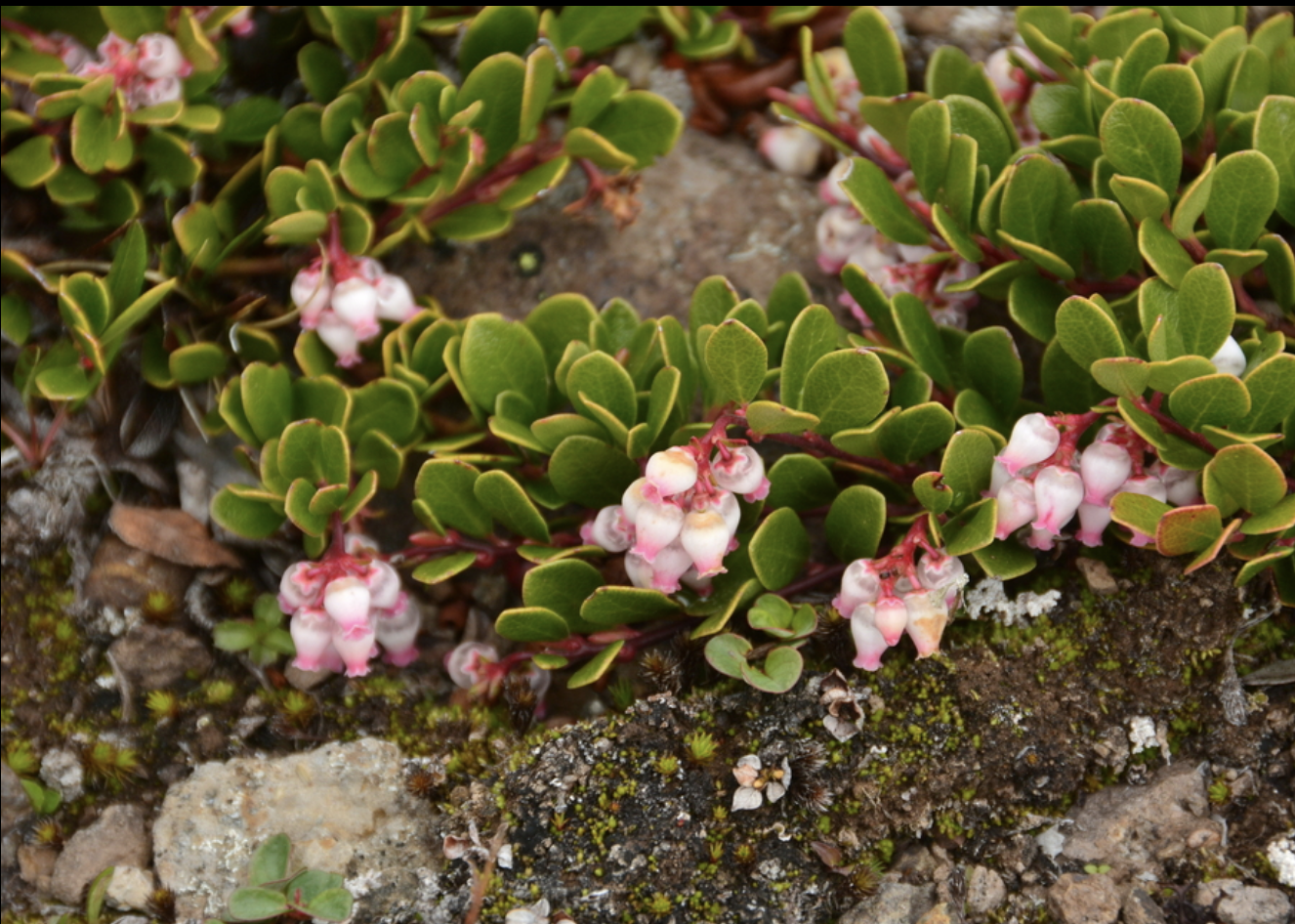
Bearberry or Kinnikinnick
Arctostaphylos uva-ursi
Mat-forming evergreen shrub growing up to 8 in. tall with clusters of pinkish-white bell shaped flowers, blooming March to October. Adapted to rocky, well-drained, low nitrogen soils; intolerant of mo...
- Growing Region: Southwest, Intermountain West, Pacific Northwest, California
- Blooms: Spring, Summer
- Life Form: Shrub
- Application Type: Land Reclamation
- Height: 0-1 ft
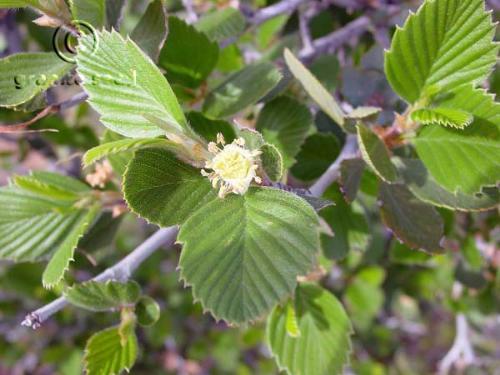
Birch-leaf mountain mahogany
Cercocarpus montanus
Long-lived evergreen tree or shrub 3-20 ft. tall with whitish-yellow tubular flowers and seeds with a long spiraled hairy tail, blooming May to September. Adapted to neutral pH sites with coarsely dra...
- Growing Region: Intermountain West, Southwest
- Blooms: Spring, Summer
- Life Form: Shrub
- Application Type: Land Reclamation, Habitat Restoration
- Height: 4+ ft

Black greasewood
Sarcobatus vermiculatus
Deciduous to semi-evergreen long-lived spiny shrub 3-10 ft. tall with green female flowers and male pine cone-shaped flowers, blooming May to September. Adapted to a wide variety of soils from heavy c...
- Growing Region: Southwest, Intermountain West
- Blooms: Spring, Summer
- Life Form: Shrub
- Application Type: Land Reclamation
- Height: 4+ ft

Black Sage
Salvia mellifera
Though less showy than other salvia species, this s an important food source for bees, butterflies, and hummingbirds. The flowers are small and pale blue-lavender in color. After blooming, black sage...
- Growing Region: California
- Blooms:
- Life Form: Shrub
- Application Type: Land Reclamation
- Height: 4+ ft
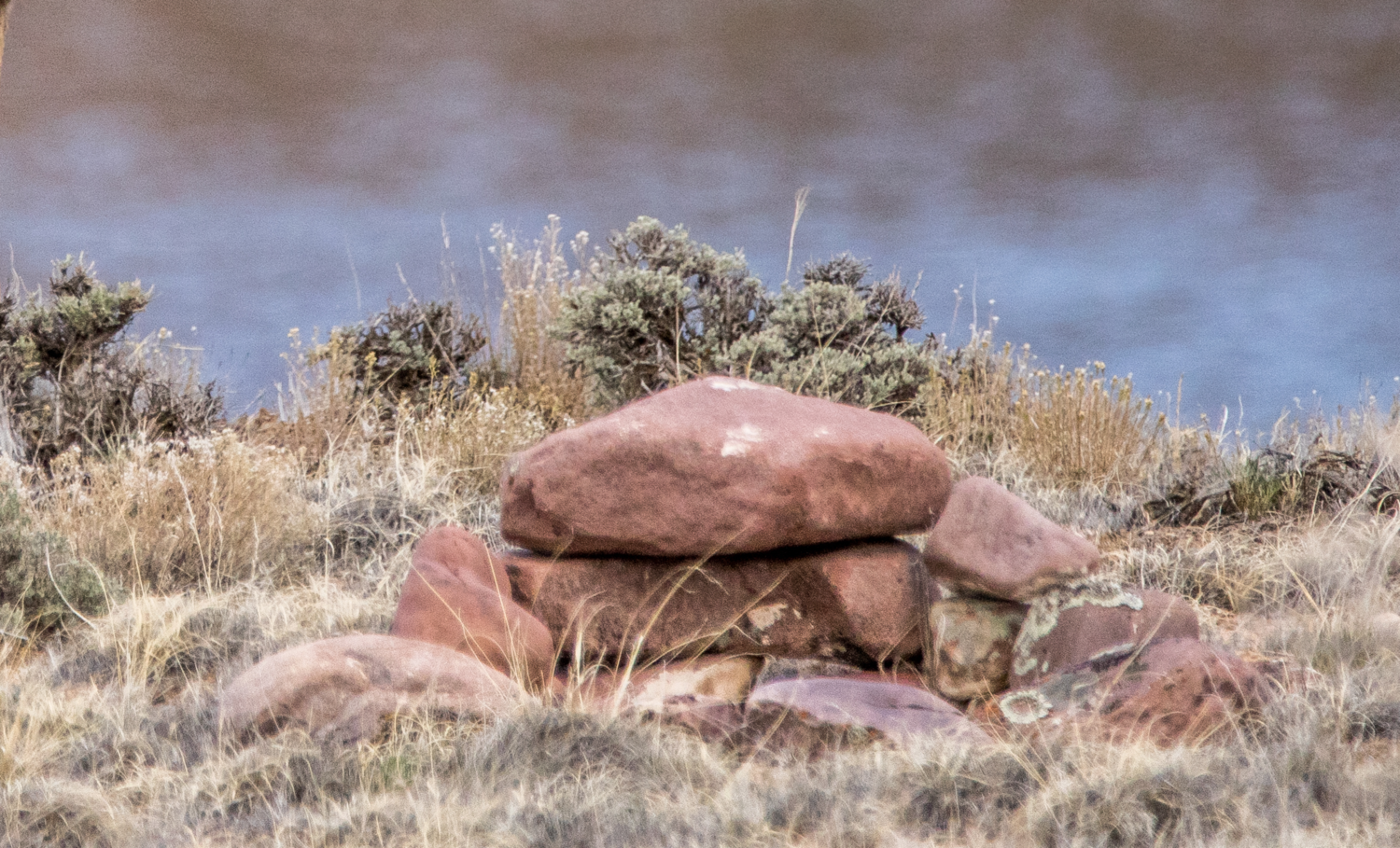
Black sagebrush
Artemisia nova
Small flat-topped shrub up to 2 ft. tall with dark green evergreen leaves, flowering May to October. Most common on shallow, dry, infertile and coarse soils; 4,000 to 9,000 ft. elevation. Slightly sal...
- Growing Region: Intermountain West
- Blooms: Summer, Fall
- Life Form: Shrub
- Application Type: Land Reclamation
- Height: 1-4 ft
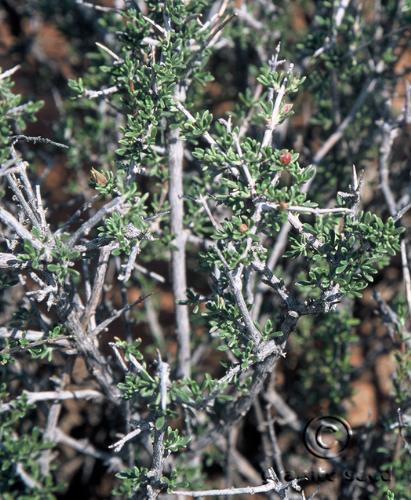
Blackbrush
Coleogyne ramosissima
Compact symmetrically rounded evergreen to drought-deciduous shrub up to 6 ft. tall with yellow to brown petal-less flowers, blooming March to June. Adapted to shallow, poorly developed soils of well-...
- Growing Region: Southwest, Intermountain West
- Blooms: Spring
- Life Form: Shrub
- Application Type: Land Reclamation
- Height: 1-4 ft

Bladderpod
Peritoma arborea
Formerly Cleome isomeris and Isomeris arborea. Rounded evergreen shrub to subshrub 4-6 ft. tall with attractive yellow flowers, blooming primarily January to June. Odd-smelling sulfurous leaves. Toler...
- Growing Region: Intermountain West, California
- Blooms: Spring, Summer
- Life Form: Shrub
- Application Type: Land Reclamation, Habitat Restoration, Pollinator Habitat
- Height: 4+ ft
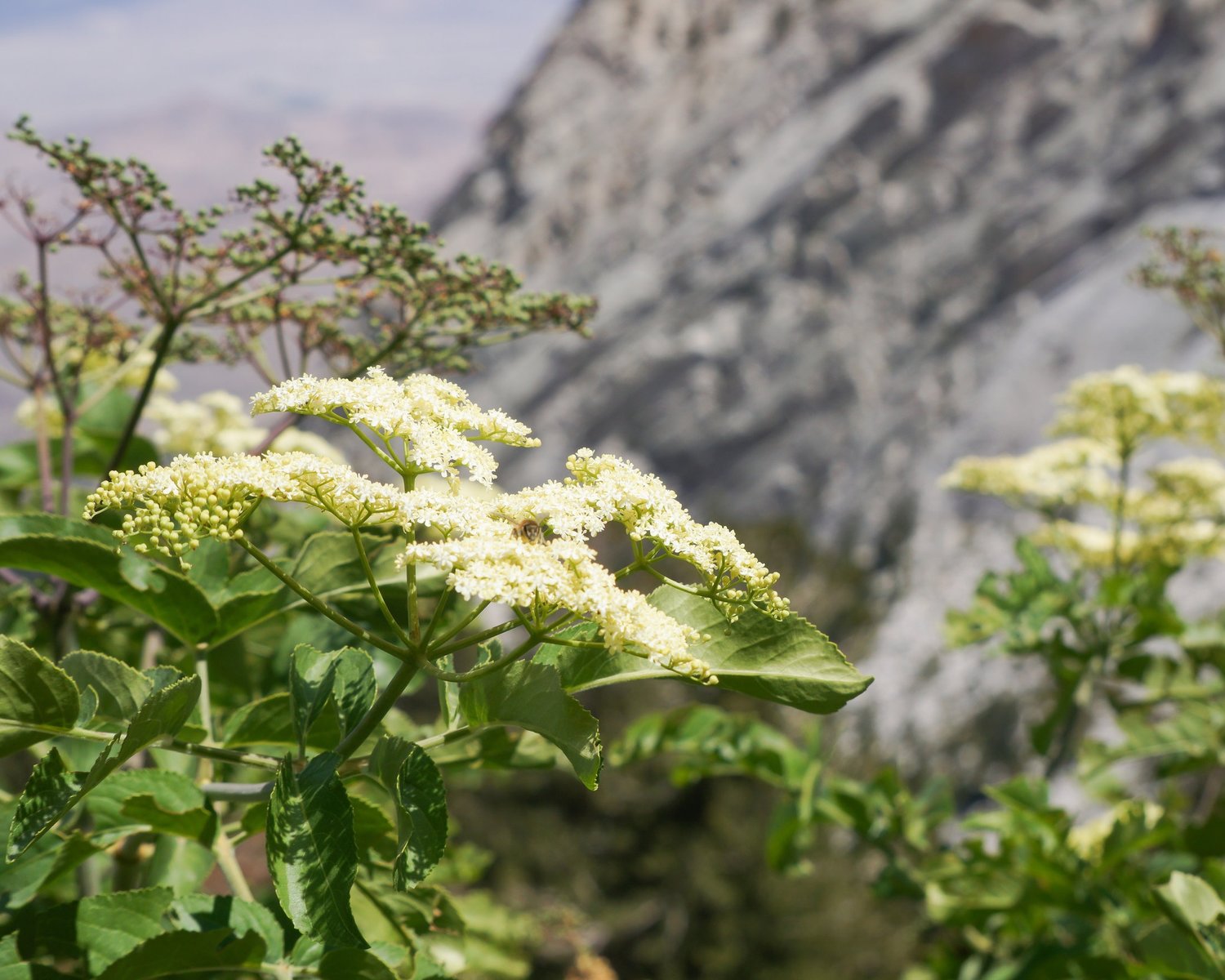
Blue elderberry
Sambucus nigra ssp. caerulea
Formerly Sambucus caerulea. Deciduous short-lived aromatic shrub or small tree up to 20 ft. tall or more with purple-black berries and white to cream flowers, blooming March to September. Adapted to a...
- Growing Region: Pacific Northwest, California
- Blooms: Spring, Summer
- Life Form: Shrub
- Application Type: Land Reclamation, Habitat Restoration, Pollinator Habitat
- Height: 1-4 ft
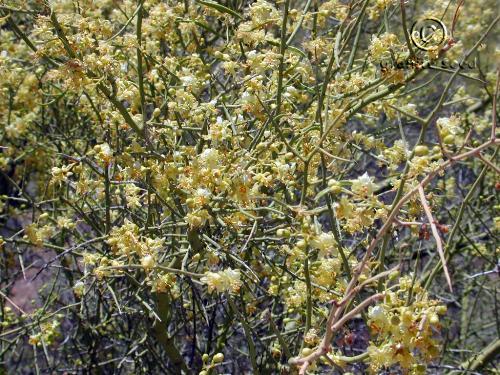
Blue palo verde
Parkinsonia florida
Formerly Cercidium floridum. Slow-growing leguminous drought-deciduous tree with spines, up to 40 ft. tall with photosynthetic green bark and brilliant yellow flower clusters, blooming March to May an...
- Growing Region: Southwest
- Blooms: Spring
- Life Form: Shrub
- Application Type: Land Reclamation
- Height: 1-2 ft